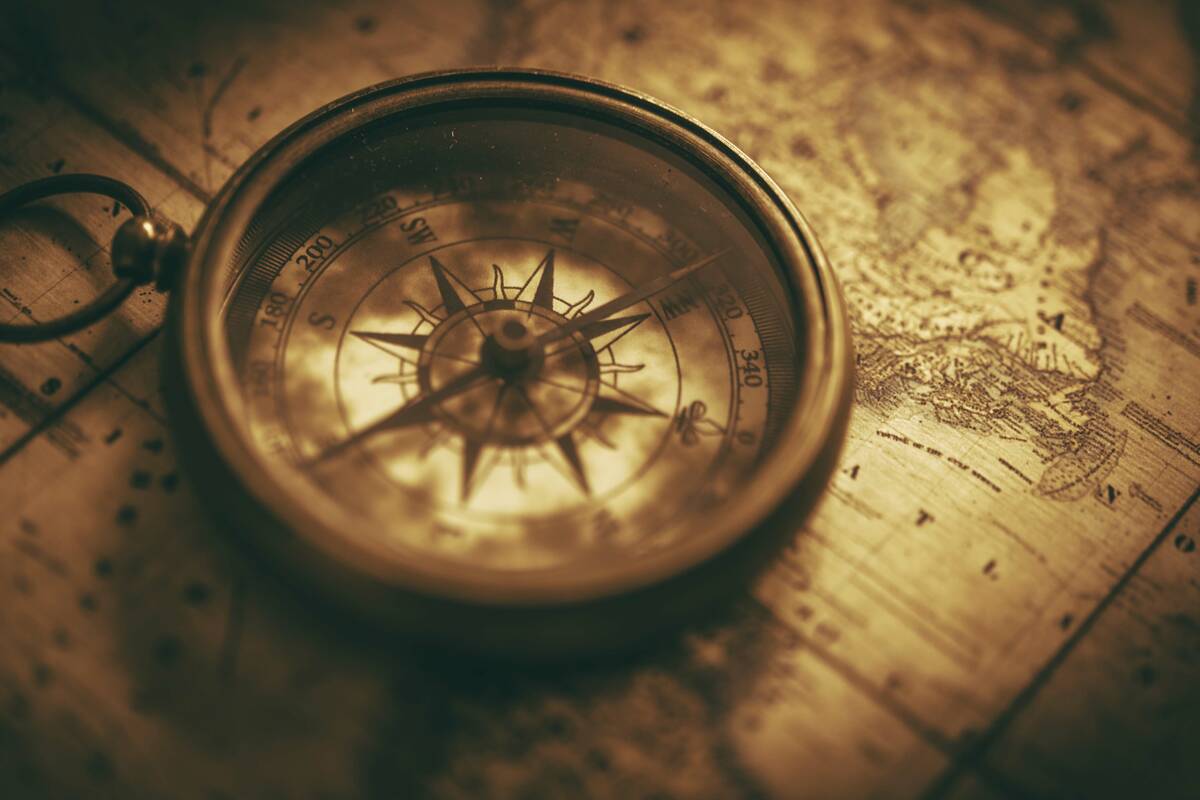
Jedediah Smith, famous mountain man, trapper, explorer and map maker, may not have been the first white man to enter the Nevada area — some Spanish conquistadors most likely had crossed the same deserts and mountains before him — but Smith certainly was the first to spend any significant time exploring the region. He made two trips across Southern Nevada and one across sections of the central part of the state when all of it was just a blank area on any maps of the day.
Smith’s explorations, his rediscovery of the South Pass of the Continental Divide, and of the inhospitable nature of the Great Basin Desert helped open the West and shaped the pathways of thousands of emigrants from the Eastern United States to the Oregon Territory and later to Utah and California.
On his trip in 1826, he crossed the Colorado River near the mouth of the Virgin River and found a tribe of American Indians living nearby. They were friendly to his coming as they had some contact with the white man before. This group was mostly runaways from California missions and a few even spoke Spanish.
Smith and his party spent a little over two weeks with this group of Native Americans. He noted with admiration the strong men among them clad in breech cloths and tattooed in red and blue. The women wore brief fiber skirts.
Smith and his group then moved on westward into California. But the following year, 1827, Smith and his party returned to the same area and thought it only natural to visit the same Mojave village they had visited the previous year.
In the ensuing year though, Mojave people along the Colorado River, who had been so welcoming the previous year, had clashed and been abused, even killed, by trappers from Taos and were set on exacting revenge against any of the white peoples.
However, finally realizing Smith and his expedition were peaceful, and only wanting to resupply and move westward, the Mojave agreed to help them and, after a three-day rest, used the tule raft boats and canoes they had used before to ferry across the river.
Historians note that when the expedition, freight and horses, was halfway across the river a group of about 100 Mojave warriors attacked those in the rear with arrows, clubs and spears. In just a few minutes 10 men were killed and two women traveling with the group were taken captive and, with cries and shouts of victory, the Mojave retreated into the low hills.
Smith and the eight surviving men, including a badly wounded chief scout Thomas Virgin (for whom the Virgin River is named), made their way as fast as possible to the west bank of the river. Finding shelter among a grove of cottonwoods, they prepared to make a desperate stand on the west bank of the Colorado.
The Mojave warriors regrouped, giving Smith and the survivors time to make a makeshift breastwork out of small logs and trees. They quickly fashioned spears by attaching butcher knives to light poles. The men still had five guns among them, and as the Mojave began to approach for a second attack, Smith ordered his men to fire a volley on those within range.
Two Mojaves were shot and killed outright, one was wounded and the remaining attackers stopped right in their tracks, turned and fled in panic and terror having seen the power of the white man’s rifles.
Before the Mojave could regroup and attack a third time, Smith and eight other men retreated on foot across the Mojave Desert and found their way on the Mojave Trail to the San Bernardino Valley.
History notes that in 1831, while searching for water in present-day southwest Kansas, Smith disappeared. It was learned weeks later that he had been killed during an encounter with the Comanche; his body was never recovered.
Smith’s map of the West in 1831 was used by the U.S. Army, including Western explorer John C. Fremont, during the early 1840s.
(Adapted from a story by historian Dale Morgan, 1953 and Harold’s Club, Reno, 1952)
Dave Maxwell is a Nevada news reporter with over 35 years in print and broadcast journalism, and greatly interested in early Nevada history. He can be reached at maxwellhe@yahoo.com.